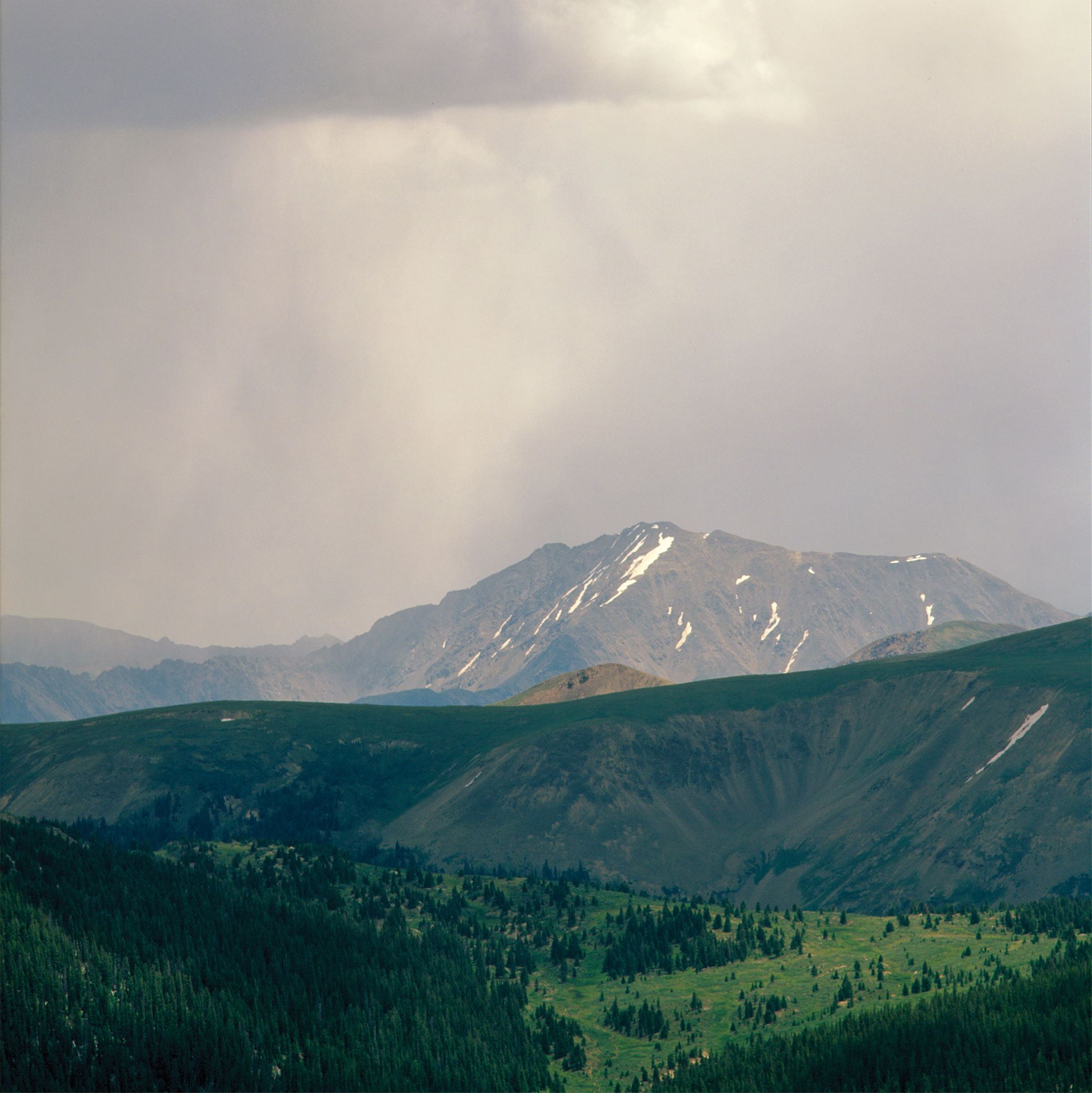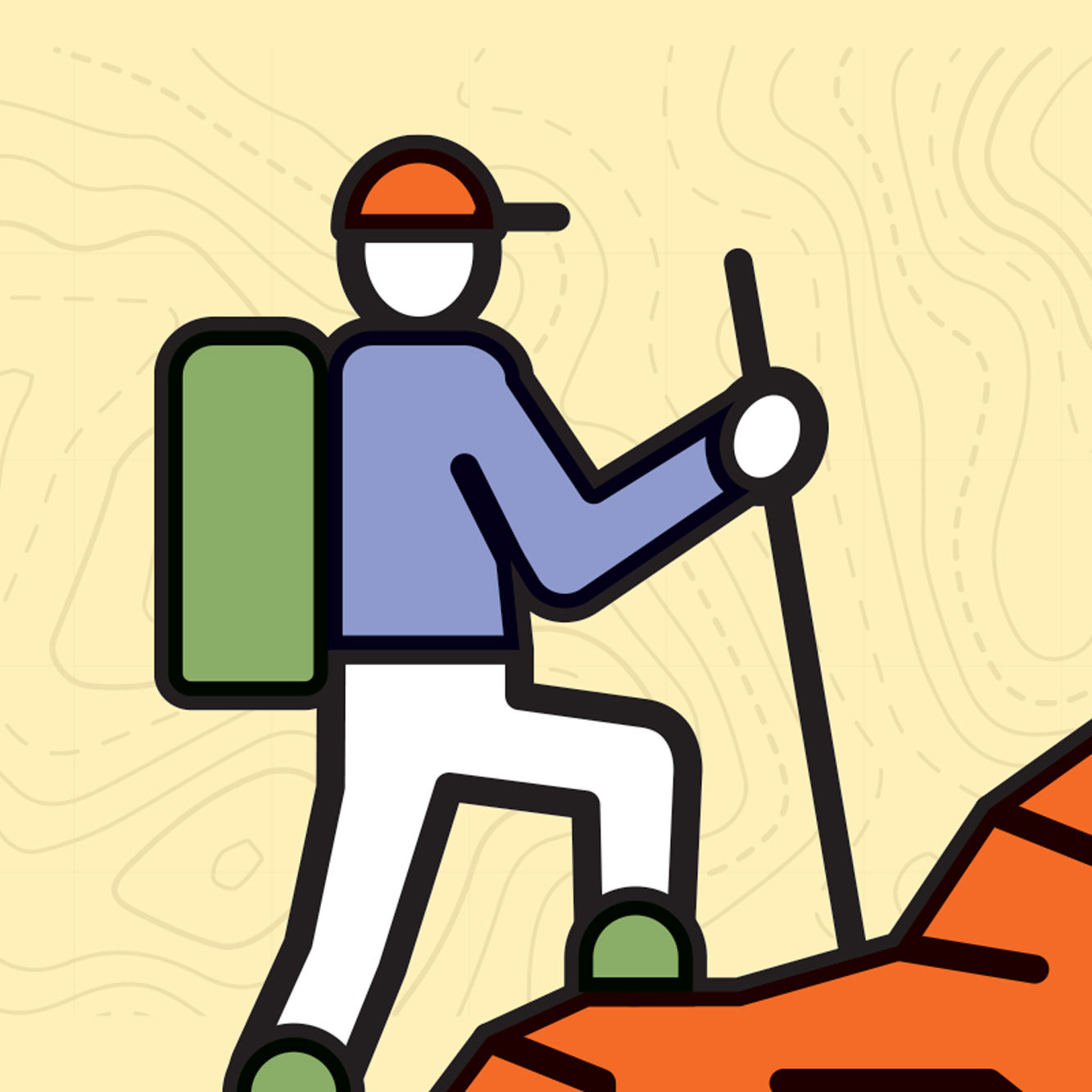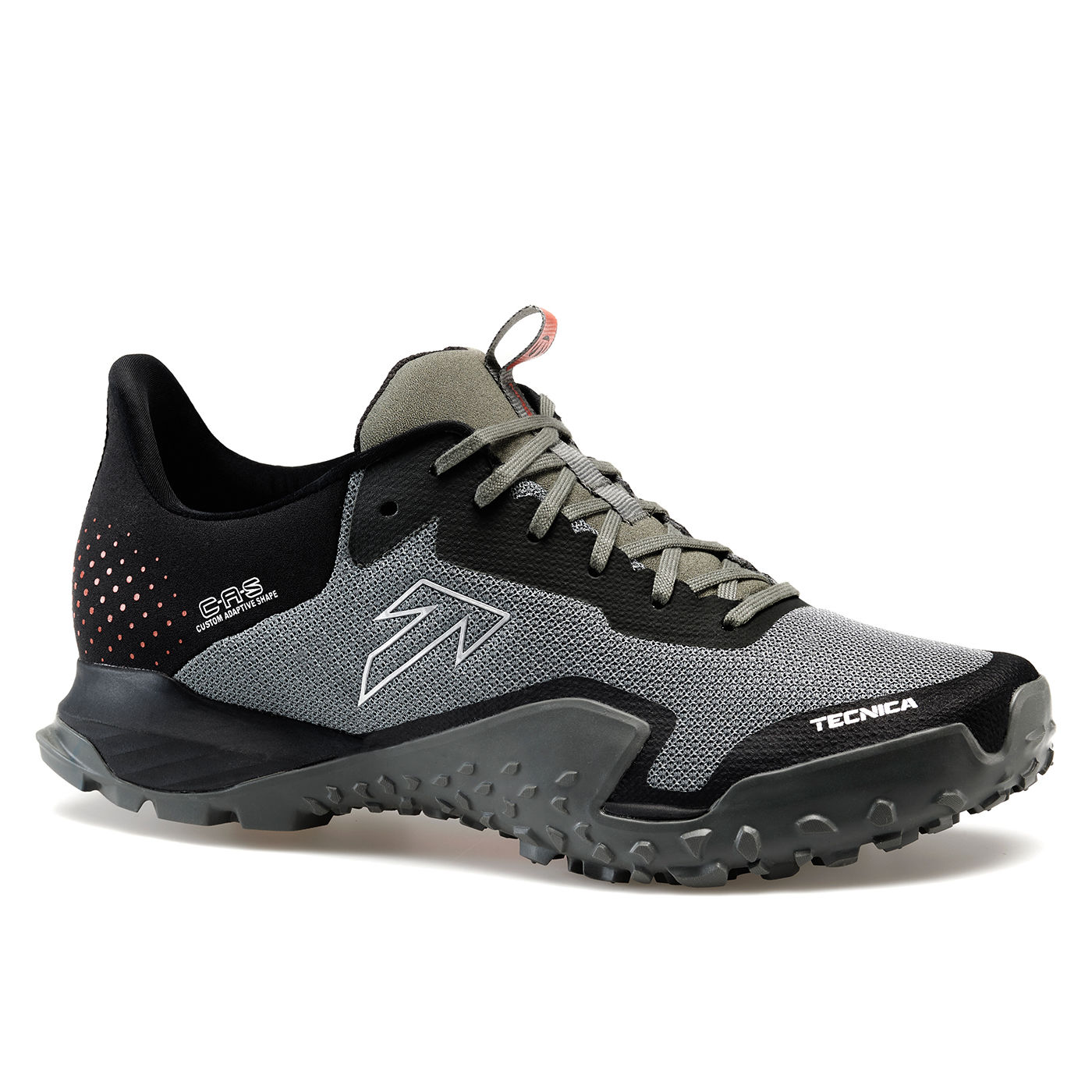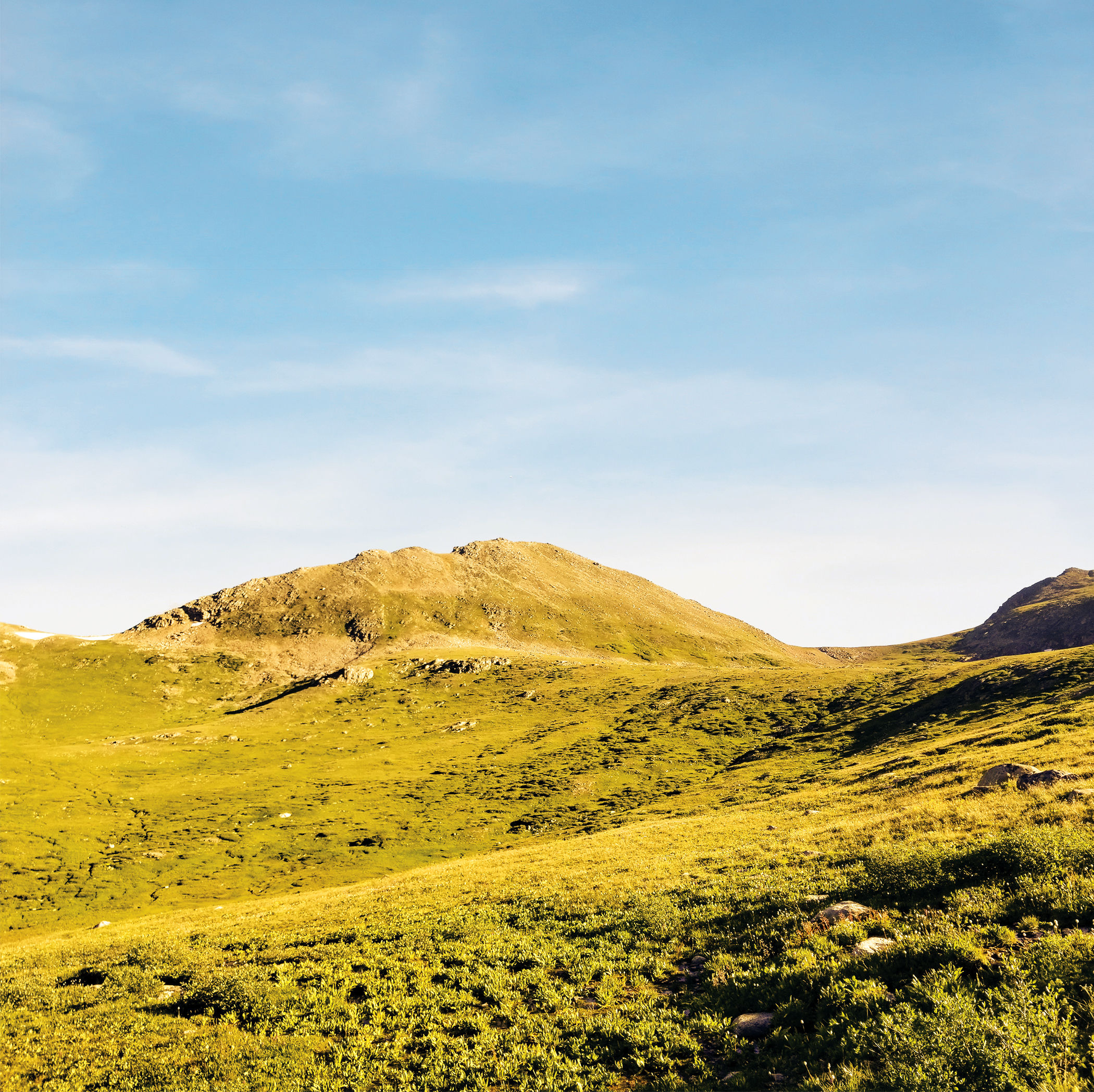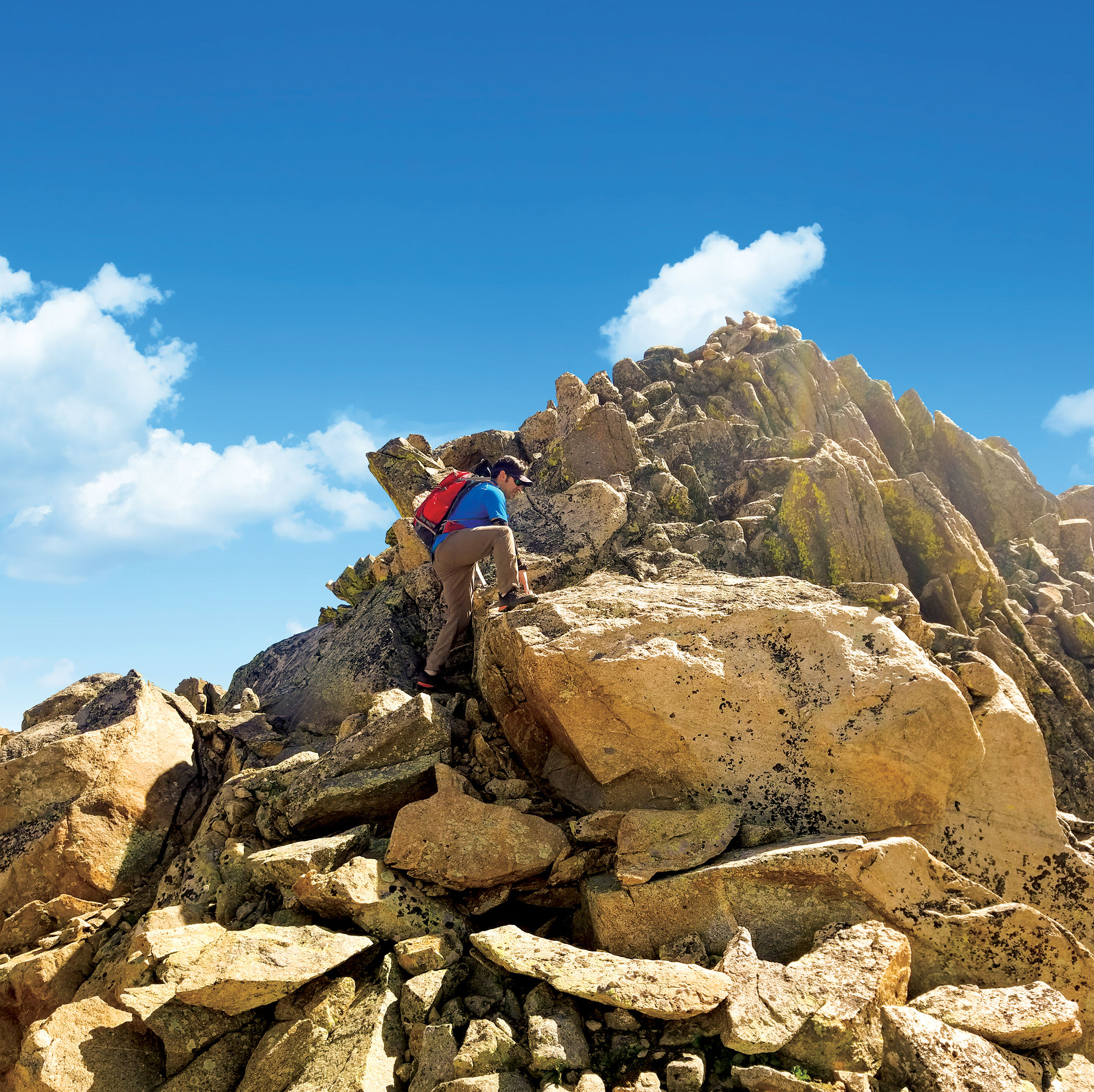High-Altitude Hiking Preparedness Basics

What level of hiker should I be?
These hikes are not for beginners. Fit hikers with off-trail experience on ridges and slopes above treeline will feel right at home on these peaks. Less-practiced hikers should consider teaming up with others very familiar with the backcountry or even hiring a guide.

What’s the terrain like?
While none of the summits require technical climbing gear, they do have thrilling moments along exposed ridges and sections of hands-and-feet scrambling.

Get schooled in class ratings
Class 2 means that hiking may involve going off trail or over talus or scree. Some simple scrambling may be necessary. Class 3 requires some scrambling, as well as more difficult hiking.

Carry the essentials
Wear sturdy hiking boots, and bring plenty of water (at least 48 ounces per person) and snacks. Be prepared for changing mountain weather (snow in July? It can happen) with extra layers—lightweight long pants, long-sleeved shirt, warm midlayer (fleece, wool, or insulated), waterproof/windproof jacket, knit hat, and light gloves. It’s also wise to bring emergency items like a headlamp, compact space blanket, first aid kit, whistle, matches, and multitool like a Swiss Army knife. Don’t forget a map, the route description, and a compass.

Start (really) early
Be sure to be on the trail and hiking no later than 5:30 a.m. so that you’re ideally off the summit by 11:30 a.m. This tactic will help you avoid the afternoon thunderstorms that frequently roll through the Rocky Mountains during spring, summer, and autumn.

